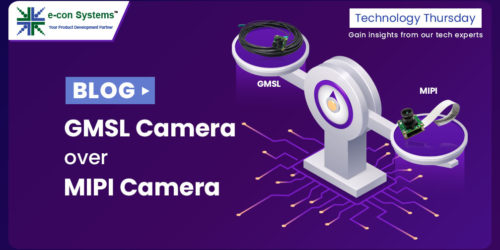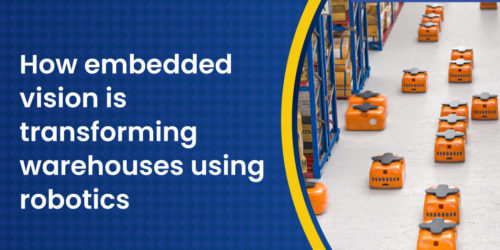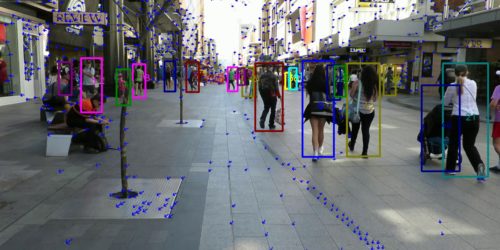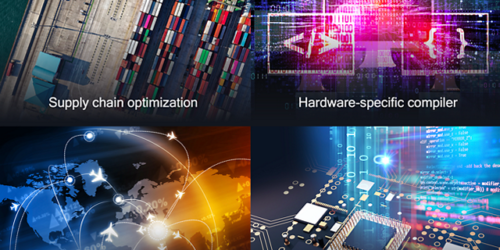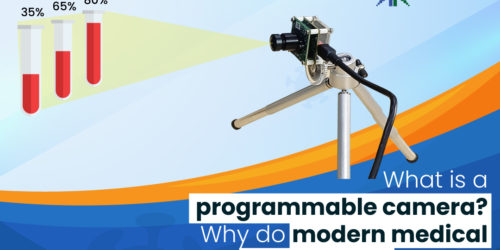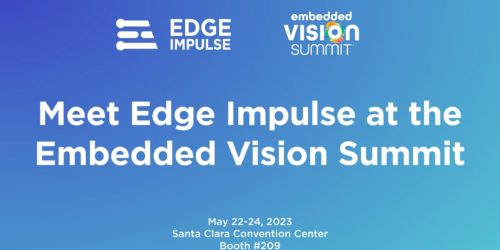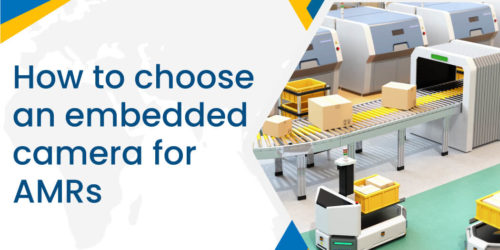GMSL Cameras vs MIPI Cameras: A Detailed Study
This blog post was originally published at e-con Systems’ website. It is reprinted here with the permission of e-con Systems. GMSL is a high-speed serial interface used in automotive video applications, robotic devices, agricultural vehicles, etc. It is a SerDes technique that enables long-distance transmission. Compared to MIPI – one of the most popular camera […]
GMSL Cameras vs MIPI Cameras: A Detailed Study Read More +

